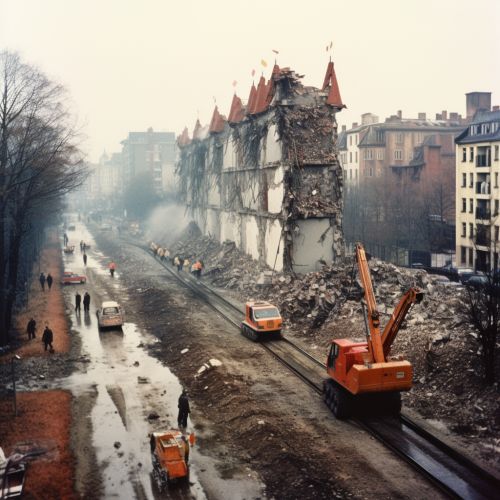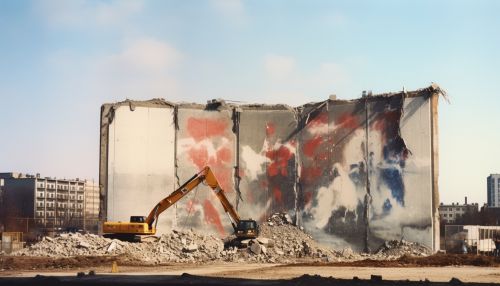Fall of the Berlin Wall
Introduction
The Fall of the Berlin Wall marked a significant turning point in history, not only for Germany but also for the world. This event, which took place on November 9, 1989, signaled the end of the Cold War and the beginning of a new era of international relations. The wall, which had stood as a symbol of division and oppression for nearly three decades, was finally brought down, paving the way for the reunification of East and West Germany.


Background
The Berlin Wall was a physical and symbolic barrier that divided East and West Berlin from 1961 to 1989. It was built by the German Democratic Republic (GDR, East Germany) to prevent its citizens from fleeing to the Federal Republic of Germany (FRG, West Germany). The wall was a stark symbol of the ideological divide between the capitalist West and the communist East during the Cold War.
Construction of the Wall
In the early hours of August 13, 1961, construction of the Berlin Wall began. The East German government, under the leadership of Walter Ulbricht, ordered the construction of the wall to prevent the mass emigration of its citizens to the West. The wall was initially a simple barbed wire fence, but over the years it was fortified into a complex system of walls, watchtowers, and anti-vehicle trenches.
Life Behind the Wall
Life behind the Berlin Wall was marked by economic hardship, political repression, and limited personal freedoms. The East German government maintained strict control over all aspects of life, including education, employment, and travel. Despite these restrictions, many East Germans found ways to resist the regime and express their desire for freedom.
Fall of the Wall
The fall of the Berlin Wall was triggered by a series of political changes and civil unrest in East Germany. In the summer of 1989, thousands of East Germans began to flee the country through Hungary, which had opened its border with Austria. This mass exodus put pressure on the East German government to open its own borders.
On November 9, 1989, Gunter Schabowski, a member of the East German Politburo, announced in a press conference that East German citizens would be allowed to travel to the West. This announcement, which was made without the approval of the East German leadership, led to mass demonstrations and the eventual fall of the wall.
Aftermath and Reunification
The fall of the Berlin Wall was followed by a period of rapid political and economic change in Germany. The East German government collapsed, and in October 1990, East and West Germany were officially reunified. The reunification of Germany marked the end of the Cold War and the beginning of a new era in European history.
Legacy
Today, the fall of the Berlin Wall is remembered as a pivotal moment in the struggle for freedom and democracy. It is a symbol of the triumph of the human spirit over oppression and a reminder of the power of ordinary people to bring about change.
